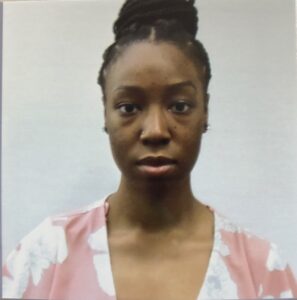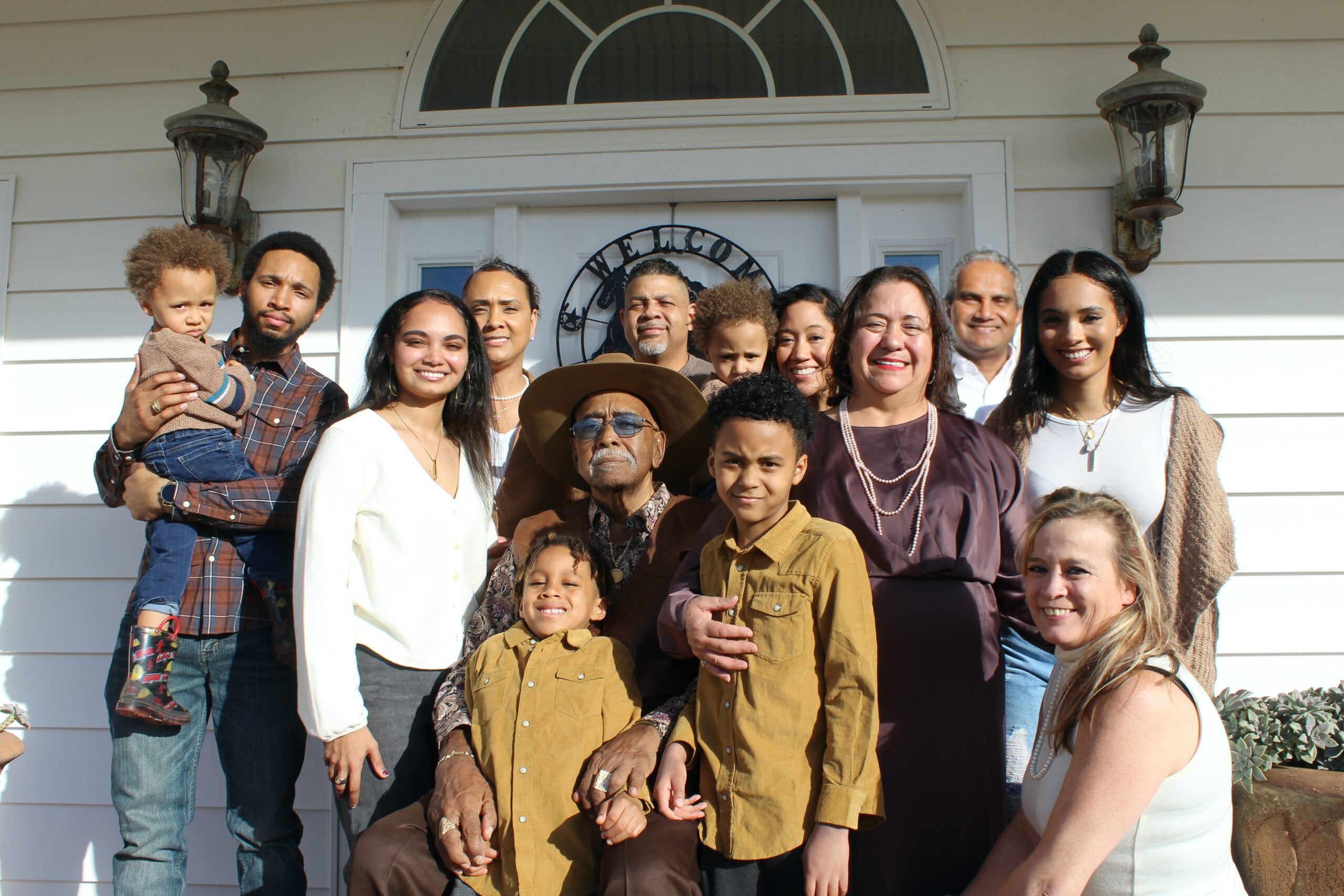-
TRIBAL AFFILIATION
Yamasee / Seminole /T aino
-
SURNAME HERITAGE
England/Ireland

Hackett History, Family Crest & Coats of Arms
The Strongbownians added their own naming traditions to the eastern region of Ireland to which they arrived. The impact of this new tradition was not extremely disruptive to the pre-existing Irish tradition because the two had many similarities. Both cultures made significant use of hereditary surnames. And like the Irish, the Strongbownians often used prefixes to build patronymic surnames, which are names based on the given name of the initial bearer’s father or another older relative. Strongbow’s followers often created names that were built with the prefix Fitz-, which was derived from the French word fils, and ultimately from the Latin filius, both of which mean son. They also used diminutive suffixes such as -ot, -et, -un, -in, or -el, and occasionally even two suffixes combined to form a double diminutive such as -el-in, -el-ot, -in-ot, and -et-in, to build patronymic names. The surname Hackett is derived from the medieval given names Hack or Hake. These English names were derived from the Old Norse name Haki, which is a cognate of the English name Hook and was originally given to someone with a hunched figure or a hooked nose. Before being imported to Ireland, the surname Hackett was chiefly popular in the western midlands of England. The Gaelic form of the name Hackett is Haicéid.
Early Origins of the Hackett family
The surname Hackett was first found in County Kilkenny (Irish: Cill Chainnigh), the former Kingdom of Osraige (Ossory), located in Southeastern Ireland in the province of Leinster, where they had been granted lands by Strongbow for their assistance in the invasion of Ireland in 1172.
They were also granted lands in counties Carlow, Kildare and one branch moved into Connacht where “they formed a distinct if small sept which was known as MacHackett, their seat being Castle Hackett, six miles south-east of Tuam.” 1
They were originally from Harcourt in Normandy and their name appears on the Honour Roll of the Battell Abbey as being present at the Battle of Hastings. “The Hackets of Niton on the Isle of Wight were descendants of Haket on the Battle Abbey Roll. The eventual heiress, Agnes, dau. of John Hackett, Esq. of Niton, m. John Lye, Esq., of Dorsetshire, and was mother of Anne Lye, wife of Sir James Woraley, constable of Carisbrook Castle.” 2
“Dominus Paganus de Haket, another soldier at Hastings accompanied Henry II to Ireland where he acquired broad lands and seigneuries there; and his descendants, generation after generation, were parliamentary Barons, and potent Magnates in the sister kingdom. “2


